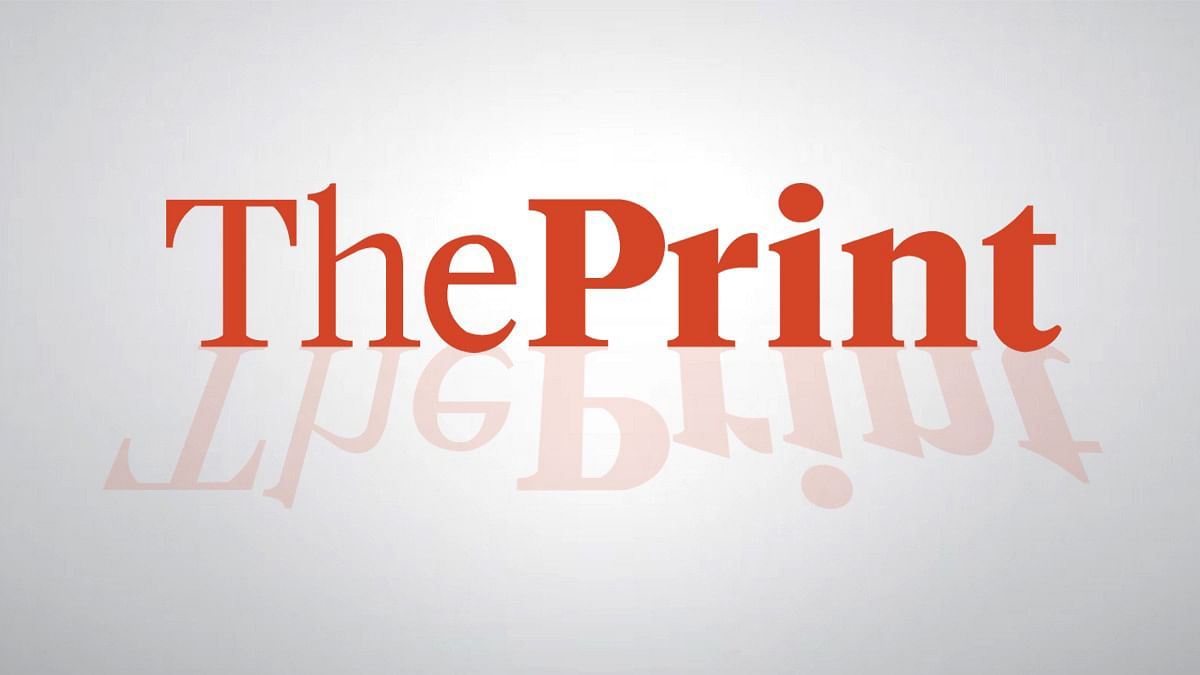Zurich [Switzerland], September 22 (ANI): Glioblastoma is an extremely aggressive brain tumour that is currently incurable. Cancer doctors can increase their patients’ life expectancy with surgeries, radiation, chemotherapy, or surgical procedures. Nonetheless, half of patients die within a year of diagnosis.
Medications that are effective against brain tumours are challenging to find since many cancer medications are unable to cross the blood-brain barrier and enter the brain. This reduces the number of available treatments. Neuro-oncologists have thus been working hard for some years to identify better medications that can reach the brain and eradicate the tumour.
Researchers led by ETH Zurich Professor Berend Snijder have discovered a chemical that, at least in vitro, successfully combats glioblastomas: vortioxetine, an antidepressant. Scientists understand that this affordable medicine, which has already
Snijder’s postdoc and lead author of the study, Sohyon Lee found it using pharmacoscopy, a special screening platform that the researchers have developed at ETH Zurich over the past years. The study findings were recently published in the journal Nature Medicine. In this study, the ETH Zurich researchers worked closely with colleagues from various hospitals, in particular with the group under neurologists Michael Weller and Tobias Weiss at the University Hospital Zurich (USZ).
With pharmacoscopy, ETH Zurich researchers can simultaneously test hundreds of active substances on living cells from human cancer tissue. Their study focused primarily on neuroactive substances that cross the blood-brain barrier, such as antidepressants, Parkinson’s medication and antipsychotics. In total, the research team tested up to 130 different agents on tumour tissue from 40 patients.
To determine which substances, have an effect on the cancer cells, the researchers used imaging techniques and computer analysis. Previously, Snijder and his team had used the pharmacoscopy platform only to analyse blood cancer (see ETH News) and derived treatment options from this. Glioblastomas are the first solid tumours that they have systematically investigated using this method with a view to use existing drugs for new purposes.
For the screening, Lee analysed fresh cancer tissue from patients who had recently undergone surgery at the University Hospital Zurich. The ETH Zurich researchers then processed this tissue in the laboratory and screened it on the pharmacoscopy platform. Two days later, the researchers obtained results showing which agents worked on the cancer cells and which did not.
The results made it clear that some, but not all, of the antidepressants tested were unexpectedly effective against the tumour cells. These drugs worked particularly well when they quickly triggered a signalling cascade, which is important for neuronal progenitor cells, but also suppresses cell division. Vortioxetine proved to be the most effective antidepressant.
The ETH Zurich researchers also used a computer model to test over a million substances for their effectiveness against glioblastomas. They discovered that the joint signalling cascade of neurons and cancer cells plays a decisive role and explains why some neuroactive drugs work while others don’t.
In the last step, researchers at the University Hospital Zurich tested vortioxetine on mice with a glioblastoma. The drug also showed good efficacy in these trials, especially in combination with the current standard treatment.
The group of ETH Zurich and USZ researchers is now preparing two clinical trials. In one, glioblastoma patients will be treated with vortioxetine in addition to standard treatment (surgery, chemotherapy, radiation). In the other, patients will receive a personalised drug selection, which the researchers will determine for each individual using the pharmacoscopy platform.
“The advantage of vortioxetine is that it is safe and very cost-effective,” says Michael Weller, Professor at the University Hospital Zurich, Director of the Department of Neurology and coauthor of the study published in Nature Medicine. “As the drug has already been approved, it doesn’t have to undergo a complex approval procedure and could soon supplement the standard therapy for this deadly brain tumour.” He hopes that oncologists will be able to use it soon.
However, he cautions patients and their relatives against obtaining vortioxetine themselves and taking it without medical supervision. “We don’t yet know whether the drug works in humans and what dose is required to combat the tumour, which is why clinical trials are necessary. Self-medicating would be an incalculable risk.”
Snijder, too, warns against rushing to use the antidepressant on glioblastomas: “So far, it’s only been proven effective in cell cultures and in mice.”
Nevertheless, he believes that this study has achieved an ideal result: “We started with this terrible tumour and found existing drugs that fight against it. We show how and why they work, and soon we’ll be able to test them on patients.” Should vortioxetine prove effective, this will be the first time in recent decades that an active substance has been found to improve the treatment of glioblastoma. (ANI)
This report is auto-generated from ANI news service. ThePrint holds no responsibility for its content.

